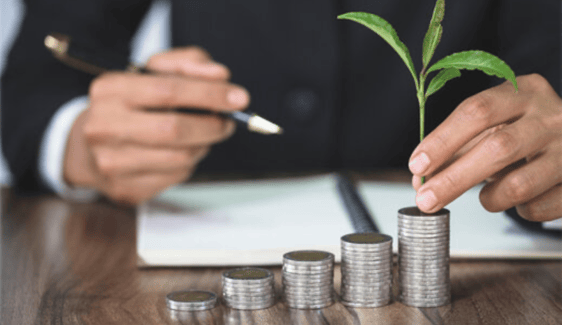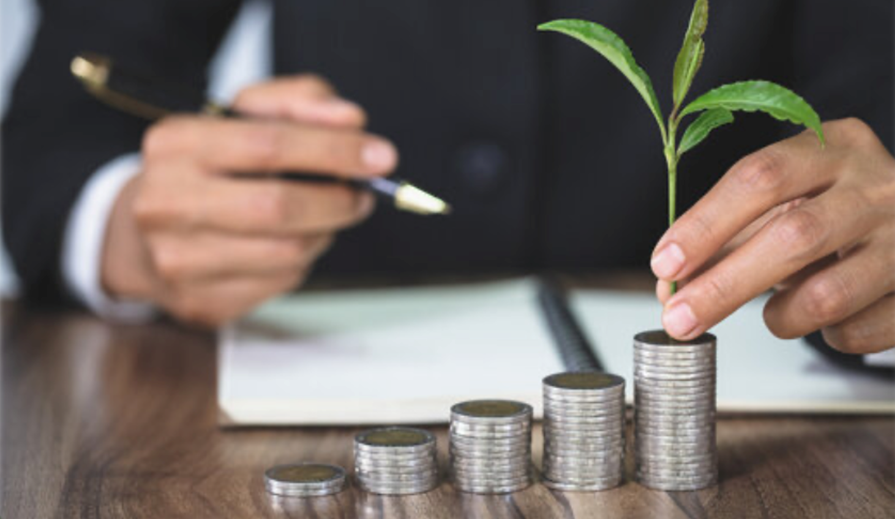How can economic growth and the circular economy be reconciled ?

In recent years, people have really become aware of the idea of integrating sustainable development into society and the corporate world.
The circular economy paradigm came into being as a result of this realisation. The circular economy aims to change production and consumption patterns by limiting resource waste and environmental impact. It is a competitive lever for companies. Deploying circular solutions provides added value and new opportunities.
The circular economy thus provides real answers to today’s major challenges...
Satisfying new consumer needs.
Today we see that consumers are more responsible and engaged in their consumption. People want companies to take a stance on social and environmental issues. Consumers are thus attracted to companies that respect the environment. Credos such as consuming less but better, reducing pollution and limiting the use of non-renewable resources therefore strike a favourable chord among consumers...
Rethinking economic models in order to limit use of non-renewable resources is essential. This is why we need to change the way we view and process them. To do this, we need to use the 3R principle (reduce, reuse, recycle). This is a circular model in which each piece of waste is transformed into raw material.
Is the Circular Economy principle really compatible with economic growth?
We shall see that environmental criteria can be conducive to economic growth:
The link between economic growth and environmental preservation :
We might think that economic growth and environmental preservation are not compatible... And yet, sustainable development looks to the future and is increasingly becoming a source of employment. This sector is now essential because it meets new consumer needs and expectations: continuing to consume, but preserving the planet. Today, we talk about a new corporate strategy linked to sustainable development.
How does the circular economy permit economic growth?
What the circular economy offers companies:
- lower production costs through recycling or energy management
- creation of new products and services with less impact on the environment
- a competitive advantage for customers: products with a low environmental impact are gaining ground.
The environment is therefore a source of innovation and economic activity conducive to future opportunities. Implementing a circular economy strategy enables companies to have a long-term vision and also to anticipate future changes in society.
Towards a green economy
A "green economy" is defined as economic activities that prevent or reduce environmental pollution. The green economy contributes to sustainable development. The concept is therefore broader than the circular economy, which focuses solely on limiting resource waste.
The overall objective of the green economy is to reduce CO2 and pollution, and to preserve biodiversity. The green economy is shifting production and consumption patterns towards more environmentally-friendly practices.
The challenges of implementing a green economy are to achieve:
- Carbon and energy efficiency
- Lower pollutant emissions in natural environments
- Preservation of green spaces
- Sustainable management of non-renewable resources
Taking action to reduce CO2 emissions would therefore be a good investment for a company, ensuring its future profitability and creating socio-economic and environmental values.
The shift towards a green economy improves competitiveness between companies, with a significant reduction in the production costs of goods and services. It also has a positive impact on corporate reputation and image. A better image will encourage better customer loyalty to the brand.
At Armor Print Solutions we are a stakeholder in the circular economy - we collect printing consumables so that they can be reconditioned and placed back on the market. If they are not reusable, we recycle them to create new objects. Becoming a more eco-responsible company can begin with simple actions such as replacing printing cartridges with consumables from the circular economy, or setting up collection systems!


